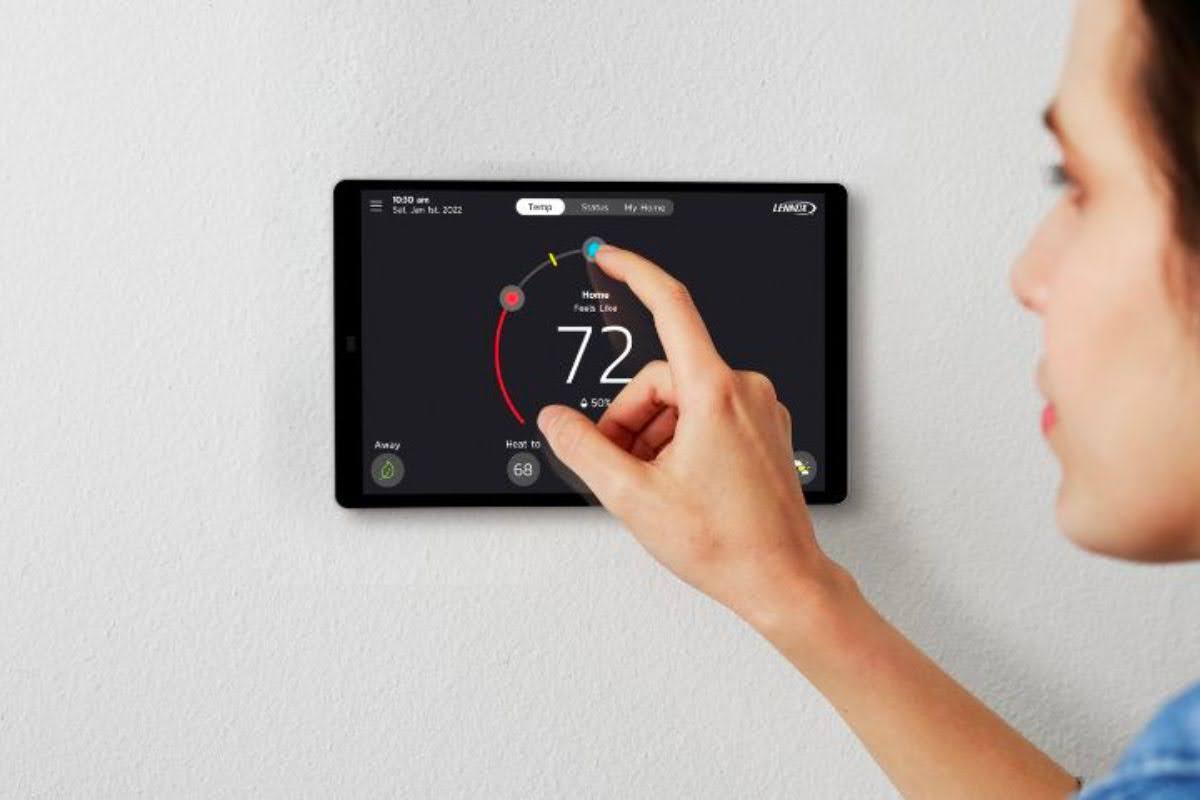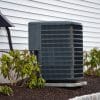Interested in understanding how your home remains comfortably warm? This introduction to gas furnaces offers a clear, professional insight into their operation. We’ll explore what furnaces are, and the principles behind these essential heating systems, providing a comprehensive understanding of how they efficiently maintain your home’s temperature.
1. Components of a Gas Furnace
Gas furnaces are marvels of engineering, composed of various components, each with a specific role in the heating process. Here’s a breakdown of each and every part of the gas furnace and how it impacts the furnace operation sequence.
| Component | Purpose | Tips for Optimized Function |
| Burner | The burner, fueled by natural gas, initiates the combustion process, generating the heat necessary for warming your home. | Regularly clean the burner to ensure efficient combustion. Defer to professional maintenance for a thorough inspection and cleaning. |
| Heat Exchanger | This critical component facilitates the transfer of heat from the combustion process to the passing air, a fundamental step in the heating cycle. | Schedule regular inspections to detect and address any cracks in the heat exchanger. Professional maintenance ensures safe and efficient heat transfer. |
| Blower | The blower plays a pivotal role in circulating the heated air through the ducts, ensuring an even distribution of warmth throughout your living space. | Regularly clean and replace air filters to facilitate smooth air circulation. Professional checks when there are signs your blower motor is bad will enhance overall blower performance. |
| Ductwork | Ductwork serves as the conduit for the distribution of heated air to various areas of your home, making it a crucial part of the furnace operation sequence. | Ensure proper installation of ductwork to prevent heat loss and optimize furnace efficiency. Regular professional inspections maintain efficient air circulation. |
| Gas Valve | Regulating the flow of natural gas, the gas valve ensures controlled combustion, a key factor in maintaining the furnace’s efficiency and safety. | A professional should routinely inspect the gas valve for proper functioning. Professional maintenance helps prevent malfunctions and ensures safe and reliable heating. |
2. Gas Furnace Heating Process
So, how exactly does a gas furnace generate the warmth that keeps your home cozy during the colder months? Let’s take a closer look.
- A gas furnace generates heat through a process of controlled combustion. When the thermostat signals the need for warmth, the gas valve opens, allowing natural gas to flow to the burner. The burner then ignites the gas, initiating a combustion process within the heat exchanger. As the gas combusts, it produces heat, and the heat exchanger efficiently transfers this thermal energy. This generated heat is then distributed through the ventilation system to warm the interior spaces of your home. The careful regulation of gas flow and combustion ensures a consistent and safe heat supply.
3. Air Circulation in Gas Furnaces
Once combustion produces the desired heat, the next critical step is efficiently transferring this warmth from the combustion chamber to the passing air. The heat exchanger, a key component in this process, facilitates the seamless transfer of thermal energy.
Blower Operation:
- Once the heat is generated through controlled combustion in the heat exchanger, the furnace’s blower comes into action.
- The blower is a powerful fan that pushes the heated air through the furnace and into the ductwork.
Ductwork Distribution:
- The ductwork, a network of channels that extends throughout the home, acts as a pathway for the heated air.
- The blower forces the warm air into the ducts, which branch off to various rooms and areas.
Registers and Vents:
- Registers and vents are openings located in the walls, floors, or ceilings of each room. They allow the heated air to enter the living spaces.
- The strategically placed registers ensure even distribution of warm air, preventing hot or cold spots within the home.
Return Air Flow:
- Simultaneously, the furnace draws in cooler air from the rooms through return air ducts.
- This return air is then circulated back to the furnace to undergo the heating process again.
Filtration and Humidification:
- Some gas furnaces come equipped with air filters that capture dust and particles from the circulating air, improving indoor air quality.
- Additionally, certain models may have built-in humidifiers to add moisture to the air, especially in dry climates.
4. Thermostat and Control Systems
Precise control over temperature settings is achieved through the intricate workings of thermostats and control systems.
Thermostat Operation:
- The thermostat serves as the command center, allowing homeowners to set and regulate the desired temperature.
- Periodic calibration of the thermostat ensures accurate temperature control, while programmable thermostats contribute to energy efficiency by adjusting temperatures based on schedule.
5. Heat Exchange and Ventilation Mechanics
The efficiency of heat exchange and ventilation mechanisms is crucial for the safety and performance of a gas furnace.
Heat Exchange Efficiency:
- The heat exchanger facilitates the transfer of heat from the combustion chamber to the passing air, ensuring efficient and safe heating.
- Regular heat exchanger inspections prevent cracks and avert potential carbon monoxide (CO) leaks, minimizing risks and promoting a healthier, safer environment.
Ventilation Safety:
- Proper ventilation, facilitated by the flue, channels exhaust gases safely outside, preventing indoor air pollution.
- Understanding how to prevent furnace exhaust from freezing in colder climates is crucial for ensuring optimal ventilation and safe furnace operation.
6. Conclusion
A thorough understanding of gas furnace operations not only demystifies your home heating system but also empowers you to make informed decisions. Whether you’re considering an upgrade or installing a new furnace, the right knowledge ensures you choose a furnace that meets your specific needs.
With our expertise in gas furnace installation, we’re here to guide you through selecting the ideal model for your home’s unique requirements and have it installed professionally.





